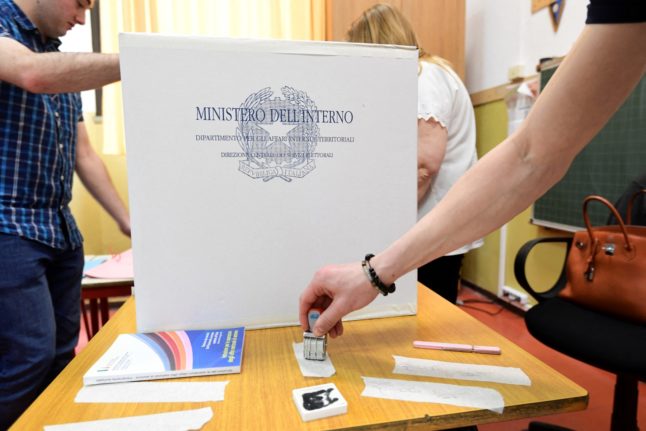Whether you’re an Italian resident or a foreign national owning property in the country, if your Italian house has one or more television sets in it, you’ll have to pay the national TV licence fee (often referred to as canone), currently standing at 70 euros a year after a change in the 2024 budget.
Paying the charge is straightforward as it’s automatically added to a household’s electricity bill (usually in the form of a monthly charge on bills from January to October).
READ ALSO: Who needs to pay the Italian TV licence fee – and how to opt out
But this complicates things for people who don’t have to pay, as they are in most cases required to opt out by January 31st of each year to claim a full one-year payment exemption.
Who has the right to opt out?
Three categories are exempt from payment of Italy’s TV licence fee, meaning that they can legally opt out of it:
- People who don’t own a television
- TV owners aged over 75 with an annual household income of 8,000 euros or lower
- TV owners who are foreign diplomats or foreign military personnel
While the scope of the latter two categories is fairly clear-cut, there’s often confusion among homeowners as to which types of devices legally qualify as TV sets. This is partly due to a lack of specific regulation on the matter.
Guidance from state broadcaster RAI states that the fee applies to “devices that can receive or be adapted to receive audio/video signals through terrestrial or satellite platforms”.
This means that computers which allow for the viewing of TV programs via a normal internet connection are not subject to the charge unless they are fitted with TV tuners or cable boxes, in which case they are subject to the charge.
For clarification as to whether or not your computer qualifies as a TV set, you’ll need to contact the Agenzia delle Entrate (Italy’s tax agency) or a qualified tax expert.
If you’re sure you are entitled to claim this type of exemption, claiming it is fairly straightforward.
In order to claim a non-TV-owner exemption for the whole year, you must complete and submit this form (Modello di dichiarazione sostitutiva relativa al canone di abbonamento) from Italy’s Agenzia delle Entrate by January 31st.
See more details about how to claim your exemption in a separate article here.
Claiming a non-TV-owner exemption when you actually don’t have the right to one may land you with a fine of up to €516 as well as make you liable for the payment of up to ten years’ worth of unpaid fees.
This type of exemption must be requested annually, meaning you’ll have to resubmit the form at the start of every year.
Missing the end-of-January deadline is costly as it means you’ll need to pay the licence fee for the following six months, after which you’ll be able to claim an exemption for the second half of the year (the deadline is June 30th).
Claiming the other two exemptions
The process to claim any one of the other two exemptions (people aged over 75s and foreign diplomats or military personnel) is pretty much the same as that for those who don’t own a TV, save for one major difference: these exemptions don’t have to be renewed annually.
The forms for both exemptions can be downloaded from the Italian tax agency website.
Please note that The Local cannot advise on individual cases. For more details about paying the canone and exemptions, see the Agenzie delle Entrate website.



 Please whitelist us to continue reading.
Please whitelist us to continue reading.
Member comments